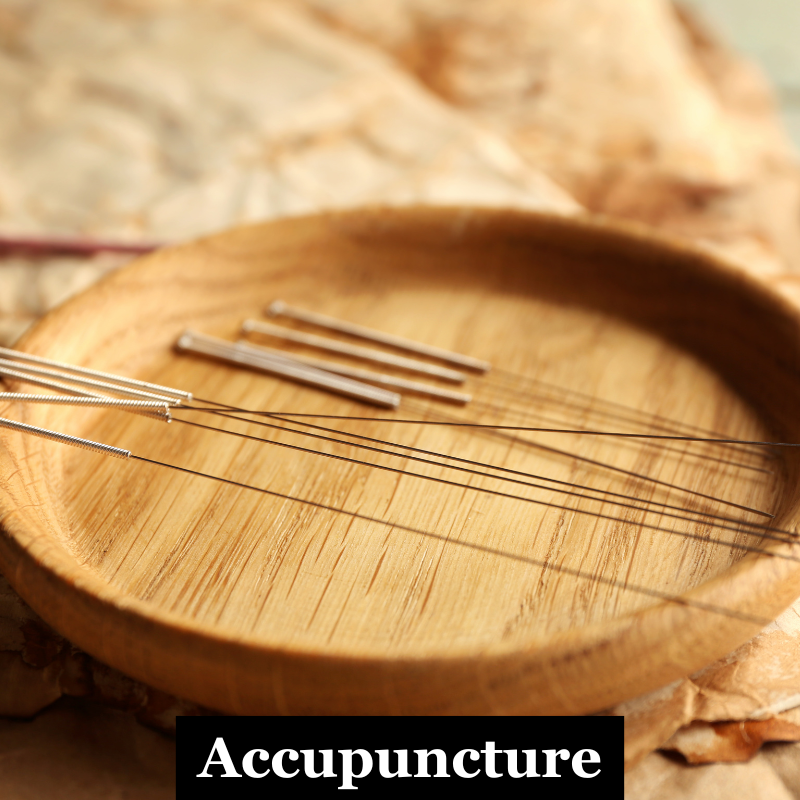The Needle That Moves the System: Why Acupuncture Works

Back in the way back when during residency, one of my rotations involved a pain clinic.
Physical therapy, narcotic medications, over-the-counter supplement, deep tissue massage highlight a few ways we treated chronic pain. My mind did a flashed back years after at my son's soccer game. A friend's mom said she had to leave early for acupuncture. She asked me if acupuncture was effective.
With my Western medical background, I unexpectedly agreed on the positive treatment outcomes, which effectively reduce the intense waves of chronic pain many suffer from, surprising her. Tennis elbow left her desperate for relief, so she tried various treatments before finally turning to acupuncture.
The Problem Modern Medicine Still Struggles to Solve
Like all health problems, chronic medical conditions unravel the fabric of our well being eroding the quality of our lives. Chronic pain silently manifests in various ways, including migraines, back pain, and anxiety.
When Managing Becomes a Trap
The complexity of chronic pains becomes obvious when we understand how signaling within the body becomes dysfunctional, leading to pathological discomfort. It rewires your brain. It alters your sleep. Initiates and perpetuates long-term inflammation. The longer it lingers the harder it becomes to treat. In western medicine we treat to mask more than we treat to cure.
Ancient Technique, Modern Mechanism
Pain's neural origins means that treatment aim and directly addresses the nervous system's intricate processes. Acupuncture works by effectively tapping into the nervous system to help rewire it, creating new beneficial pathways and altering how the body interprets signals.
Not Just Stories—Scientific Proof
I know. Hocus Pocus magic with energy channels and stabbing needles into the nervous system sounds like something akin to sci-fi novel, but as crazy as it sounds, the science works. Even if modern medicine can’t quite explain it. Practitioners slowly mastered the intricate system of acupuncture over 2000 years. Now the established system gets a modern day backing by evidence and data.
What does the hard data show
- Lower levels of inflammatory markers
- Muscle tension and connective tissue fascia relaxes
- On MRI scans the brain regions responsible for pain, emotion and healing light up
- Nerves fire releasing pain hormones like endorphins calming brain signals
One study with over 17, 000 patients showed acupuncture far exceeded significant outcomes when compared to sham or no treatment. Even more impressive, the relief stuck around for over one year.
Another study with 5000 migraine afflicted patients concluded that acupuncture worked as well or even better than medication and the kicker, they had fewer side effects
The effective treatment limitation does not stop at pain management. Wrist accupunture proves effective in treating nausea for post chemotherapy adverse reactions and postsurgical complications.
Small Input, Big Shift
In medicine patients sometime think large bold moves correlate with large beneficial changes in their health. The smartest move can often come from the smallest action, yielding the greatest impact. Acupuncture, with its insertion of thin needles into pressure points, might be the move. Some tiny needles inserted into the nervous system could have cascading effects across your entire physiology.
The combination of other healthy lifestyle changes could be a winning formula for your long-term health. Calming your autonomic nervous system making your less anxious, improving sleep, digestion and stress resilience. To tempering down inflammation, which could improve joint pain and even mood disorders.
Will You Wait for It to Get Worse—or Nudge It Now?
We numb symptoms and manage around the pain but a better solution for pain comes from retraining the body to respond differently. We can wait for our health to deteriorate, or we can intervene early to prevent dysfunction from developing into disease. Acupuncture's effectiveness may also stem from the placebo effect, but it may also tap into known biological processes. Less about needles and more about balance. If you’re looking for a low-risk, high-leverage intervention that helps unlock better sleep, calmer nerves, less pain, and more movement, then maybe it’s time to stop circling the problem—and start shifting it. What’s one small step worth if it changes how everything else feels?